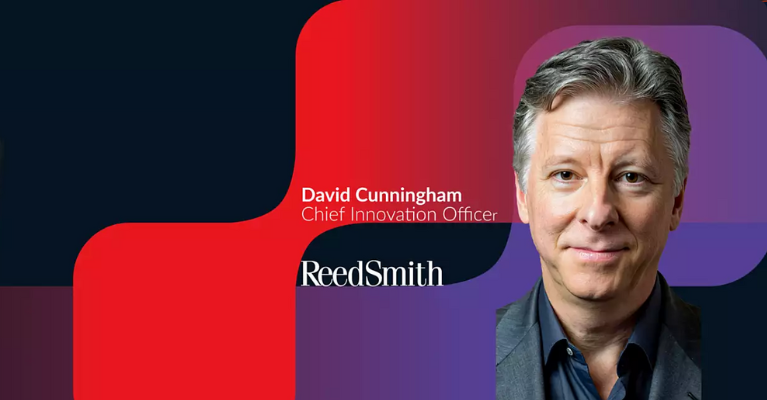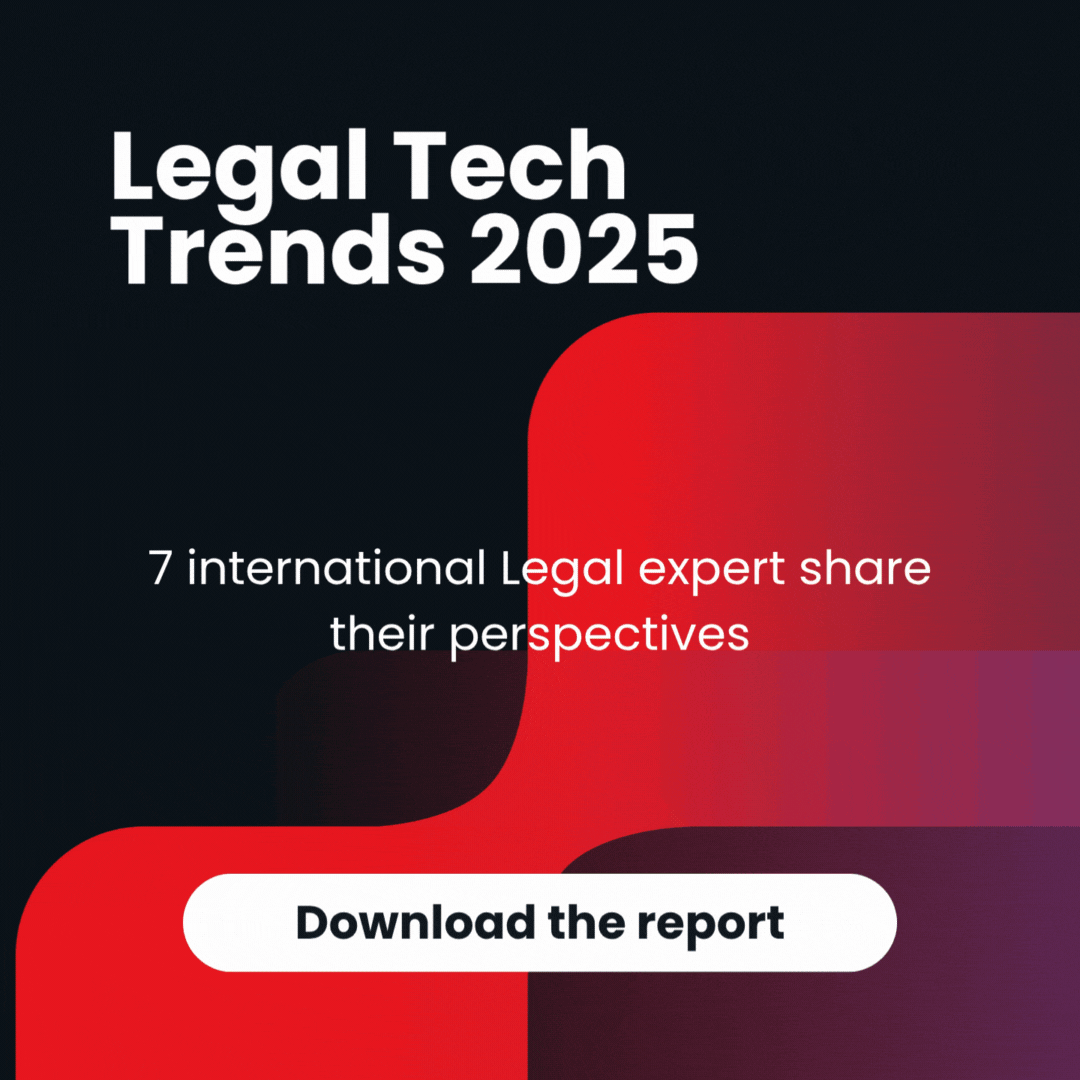As Generative AI (Gen AI) reshapes the profession, legal expertise alone is no longer enough. Tomorrow’s most valuable lawyers will blend legal knowledge with AI fluency - mastering the skills needed to...
Generative AI (Gen AI) has moved beyond the experimental stage. Across Europe, law firms and in-house teams are no longer asking whether to adopt AI but how to scale it responsibly and effectively. The...
Drawn from a Legal Geek talk by Sébastien Bardou, CEMEA International BU General Manager & VP Strategy at LexisNexis If the internet once promised to “change everything,” generative AI may finally be...
Mathieu Balzarini, LexisNexis’s vice president of product in the CEMEA region, says interest in Gen AI legal research tools ‘is both high and growing rapidly’ In this Q&A, Mathieu Balzarini, vice president...
Cryptocurrencies are no longer a niche asset—they are reshaping the Mergers & Acquisitions (M&A) landscape in Europe. In 2025, their adoption is accelerating cross-border deals, enhancing transparency...

Technological and market-driven business mutations are emerging below the surface of the legal industry’s traditions and rigorous human effort. But like many changes, they will be unevenly distributed in their adoption and benefit. I do not predict that 2025 will be disruptive, but rather that it will mark the beginning of a roughly five-year acceleration through which certain firms and departments will pull away from today’s relatively modest norms to achieve outsized, sustainable rewards.
Path to AI ROI
It is table stakes that law firms and legal departments will continue experimenting with Gen AI. Workflows, mutual use of AI across firms and their clients, automation through agents – these are all a given. These changes spotlight how work gets done, so 2025 will begin a serious focus on design work more common in consulting – methodologies, playbooks, processes, and the like. Tuning and standardizing workflows will enable firms to better optimize resources and matter pricing. These investments in reducing the “cost of goods sold” will spur deeper spending on technology and alternative staffing models as they yield higher profitability.
Law Firm Consolidation and Professional Business Leadership
Law firm consolidation will accelerate as firms merge (or steal top teams) to enhance resources and global reach. These larger, richer firms have the scale, complexity, and bustle to afford and need higher levels of professional business management. Anecdotally, higher turnover of C‑suite roles in large firms is already underway. These business leaders, increasingly either from outside legal or using other businesses as their model, will invest in technology to operationalize and optimize the business beyond the current norms of traditional models.
Data-Driven, Strategic Decision Making Beyond Financials
Firms have relied on lagging financial indicators to run and tune the business but will increasingly invest in a more complete set of data and leading, rather than lagging, business measures.
Examples include:
- Strategic planning – both the formulation of plans and auditing progress against them
- Pipeline management / CRM / demand management
- Client-centric metrics (e.g., value, cycle time, effectiveness, budget accuracy)
- Efficiency based on the impact of lawyers using AI
- Competitive intelligence
- Talent management, notably concerning lateral partners and work allocation
- Matter pricing, strategic as well as just-in-time
- Client health ratings and analysis
- Risk radars for legal departments
However, firms have been slow to adopt non-financial data analysis and data science. In 2025, I expect new leaders who recognize these business measures (e.g., managing partners, COO, CBDO, CINO, and data roles) with plans to achieve them, but not yet any disruptive results.
Legal Departments Embracing AI and Alternative Services
Corporate legal departments keep upping their arsenal – legal ops leaders, matter management, contract lifecycle management, reverse auction pricing, increased spending on alternative services, and now Gen AI capabilities. In 2025, Gen AI vendors will equally focus on selling and creating solutions for legal departments. These departments will evolve from asking law firms if they are using AI to expecting them to (1) explain what value they are achieving with AI, (2) work alongside them in using AI, and (3) clarify how case staffing will evolve. These pressures will speed up the adoption of AI and workflow systems in law firms and alternative service vendors faster than internal change efforts can achieve in isolation.
General Contractors and Industry AI Models
Several older academic white papers studied how architects failed to evolve their business acumen – risk-taking, multi-party project management, investments and financial leverage, fixed long-term pricing, etc. – leading to the emergence of the ‘general contractor’ role, which relegated architects to hourly workers with more minor roles. With so many frenemies at the gate – Big Four accounting, alternative providers with $28B+ in legal spending growing by 18%, litigation financiers, AI vendors with multi-billion valuations, elite firms consolidating power, and VCs focused on legal tech — the likelihood of bigger cross-firm and intermediary roles in the industry grows. And the creation of AI-enabled industry algorithms is eventually assured.
Conclusion: Not Disruption but Beginning a New Trajectory
Consolidation, professional leadership, data-driven strategies, thoughtful pipeline management, and the incorporation of AI will characterize the future of technology and growth in the legal market. AI gets the most hype, but its value as an instigator of change is even more significant. The firms that accelerate their mutation in 2025 will undoubtedly lead the future.

